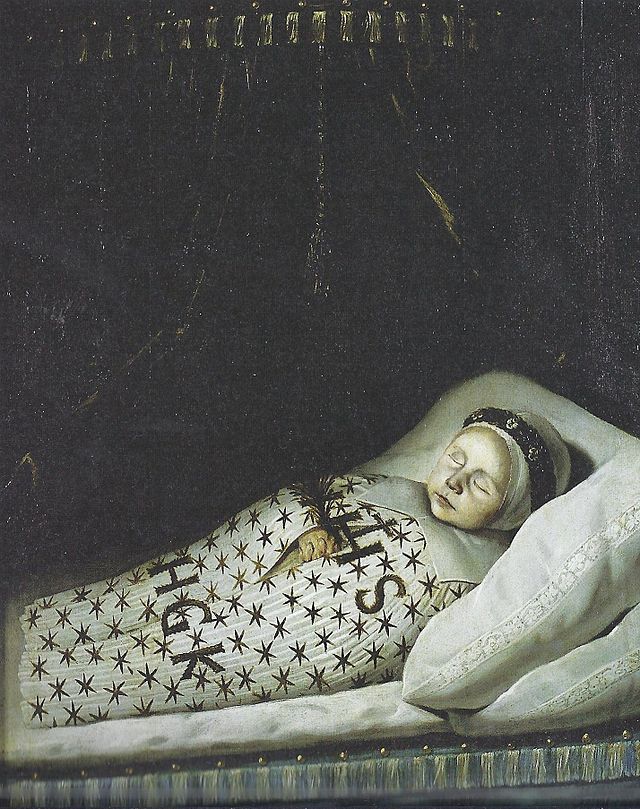Click the artworks to find out more about them
Jan Jansz de Stomme (1615–1658)
Jan Jansz was born in 1615 in Franeker, in the Friesland region. His family name was Vogelzang but he himself relinquished it and chose the nickname “de Stomme”’ (the Mute). Jansz married twice, firstly on 19 August 1648 to Catharina Solingius who died the following year in 1649. He then remarried on 18 May 1650 to Aeltijen Stevens.
It is not known specifically with whom he trained, but it is known that in 1643 Jansz settled in Groningen. There he would have been influenced by local portrait painters, such as Wybrand de Geest (1592-1661) and Harmen Willemsz Wieringa (1590-1660), from whom he is likely to have learnt the principles of painting. There is even some speculation that Jan Jans was Rembrant’s student. If this was the case, the apprenticeship could not have lasted more than a few months and it does not seem to have made an impact on Jansz’s style. The connection between Jansz and Rembrandt is outlined in a record of memories of Jan’s sister, Katrina Jansdr, written at some point by her grandson Frans der Kinderen. Katrina had told Frans about her brother being deaf and a very good painter. According to the chronicle, Jan supposedly discussed complex theological problems with his wife and his servant.
Jansz received many commissions painting portraits of the families of the Groningen nobility. His practice was very successful as demonstrated by the fact that he achieved a comfortable financial status living in a house in Herestraat, then one of the most expensive streets in the city. His paintings often portray children, following the tradition for child portraiture developed in the Netherlands in the second half of the seventeenth century. To this end, in 1649, Jansz painted the Portrait of Titia Staackmans, signed “J.J. DE.ST.F.1649”, while the Groningen Museum holds an analogous portrait representing Three Children from the Tjarda van Starckenborgh family.
Bibliography
Kaminska, Barbara. Images of Miraculous Healing in the Early Modern Netherlands. Leiden, 2021, 213-115.
Broos, Ben. ‘Een vergeten leerling van Rembrandt: Jan Jansz. de Stomme’. Oud Holland 128, 2015, 125-138.
Ekkart, Rudi. Deaf, dumb and brilliant: Johannes Thopas, Master draughtsman. London, 2014, 14-15. Bedeaux, Jean Baptist and Ekkart, Rudi. Pride and Joy: Children’s Portraits in the Netherlands, 1500-1700. Ghent, 2000, 229-232.
Statingh, Jan. J.J. de Stomme, een 17e-eeuws schilder in Groningen. Groningen, 1984.


